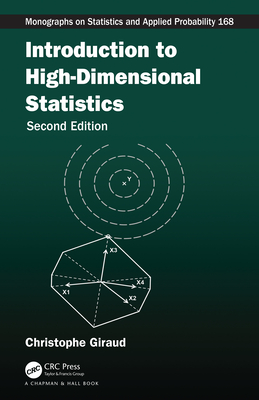Optical Flow and Trajectory Estimation Methods (SpringerBriefs in Computer Science)
暫譯: 光流與軌跡估計方法 (SpringerBriefs in Computer Science)
Joel Gibson
- 出版商: Springer
- 出版日期: 2016-09-09
- 售價: $2,420
- 貴賓價: 9.5 折 $2,299
- 語言: 英文
- 頁數: 60
- 裝訂: Paperback
- ISBN: 3319449400
- ISBN-13: 9783319449401
-
相關分類:
Computer-Science
海外代購書籍(需單獨結帳)
商品描述
This brief focuses on two main problems in the domain of optical flow and trajectory estimation: (i) The problem of finding convex optimization methods to apply sparsity to optical flow; and (ii) The problem of how to extend sparsity to improve trajectories in a computationally tractable way.
Beginning with a review of optical flow fundamentals, it discusses the commonly used flow estimation strategies and the advantages or shortcomings of each. The brief also introduces the concepts associated with sparsity including dictionaries and low rank matrices. Next, it provides context for optical flow and trajectory methods including algorithms, data sets, and performance measurement. The second half of the brief covers sparse regularization of total variation optical flow and robust low rank trajectories. The authors describe a new approach that uses partially-overlapping patches to accelerate the calculation and is implemented in a coarse-to-fine strategy. Experimental results show that combining total variation and a sparse constraint from a learned dictionary is more effective than employing total variation alone.
The brief is targeted at researchers and practitioners in the fields of engineering and computer science. It caters particularly to new researchers looking for cutting edge topics in optical flow as well as veterans of optical flow wishing to learn of the latest advances in multi-frame methods.
商品描述(中文翻譯)
這份簡報專注於光流和軌跡估計領域的兩個主要問題:(i) 尋找凸優化方法以將稀疏性應用於光流的問題;以及 (ii) 如何以計算上可行的方式擴展稀疏性以改善軌跡的問題。
簡報首先回顧光流的基本原理,討論常用的流估計策略及其優缺點。簡報還介紹了與稀疏性相關的概念,包括字典和低秩矩陣。接下來,提供了光流和軌跡方法的背景,包括算法、數據集和性能測量。簡報的後半部分涵蓋了總變差光流的稀疏正則化和穩健的低秩軌跡。作者描述了一種新方法,使用部分重疊的區塊來加速計算,並以粗到細的策略實施。實驗結果顯示,結合總變差和從學習字典中獲得的稀疏約束比單獨使用總變差更有效。
這份簡報的目標讀者是工程和計算機科學領域的研究人員和實務工作者。特別針對尋求光流前沿主題的新研究者,以及希望了解多幀方法最新進展的光流領域老手。










